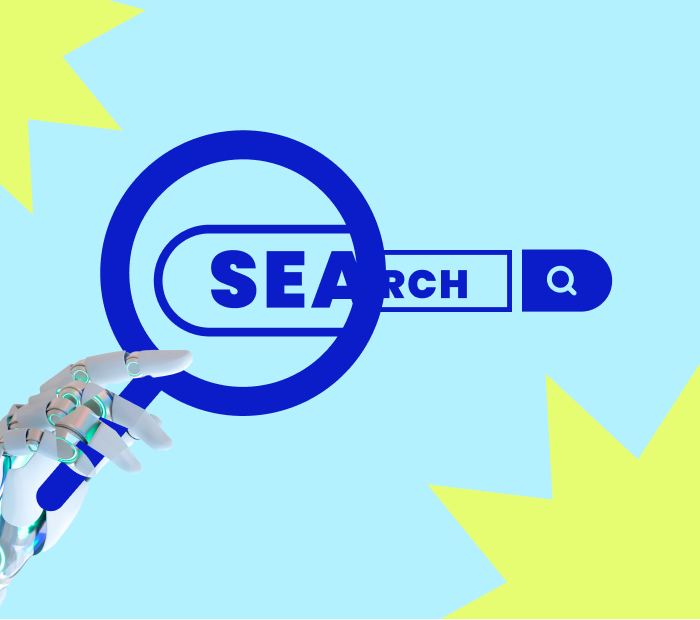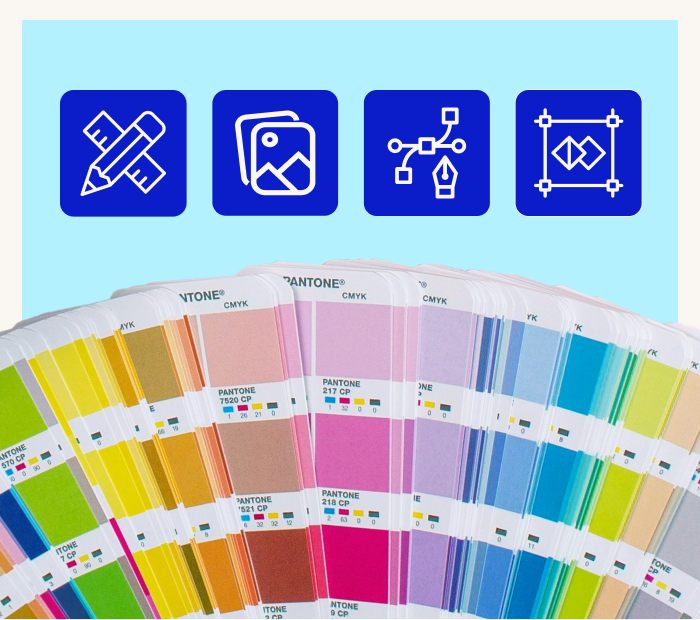
What Is UX Design?
User Experience (UX) design refers to how people interact with a website or a digital product. It involves creating an intuitive user interface design that enables users to navigate a website or digital product easily. User experience design elicits thoughts and feelings from users and creates a positive experience with the site or product.
The three types of UX design are information, interaction design, and graphic design. Information architecture, user flows and navigation must be considered when designing information UX. Interaction UX involves designing user interfaces like buttons and menus. Visual design is concerned with the look and feel of a website, including its colour, typography, and images.
Why UX Design Matters
There are many reasons why UX design is essential. UX design ensures that products meet user needs and expectations, leading to increased engagement, retention and loyalty. It also creates user-friendly products that make tasks faster and error-free, increasing productivity and user satisfaction. By identifying and addressing usability issues early on, UX design saves businesses from expensive redesigns and delays. Positive experiences create strong connections between users and brands, increasing customer loyalty and repeat business.
Impact of UX Design on Website User Experience
Here are some key areas where UX design makes a significant impact:
Enhancing Usability and Accessibility
By prioritising user needs and preferences, UX design enhances the overall usability of a website, making it intuitive and easy to navigate. An accessible design considers the accessibility needs of users with disabilities, ensuring everyone can use and access the website effectively.
Improving User Satisfaction and Engagement
An excellent user experience design improves user satisfaction and website engagement by creating user-friendly interfaces. This makes users spend more time exploring content and completing actions on the platform. Positive user experiences build trust and loyalty, encouraging users to return and recommend the website.
Increasing Conversion Rates and Sales
UX design improves conversion rates and sales on a website. It optimises layout, navigation, and usability to guide users through their buyer’s journey. Intuitive interfaces engage users and encourage desired actions. A smooth performance experience instils trust and leads to higher conversion rates. UX design uses persuasive design ideas, calls-to-action and other graphic elements to capture users’ attention and drive conversion.
Boosting Brand Reputation and Customer Loyalty
UX design affects brand reputation and customer loyalty on websites. A good UX design approach creates positive interactions and seamless user journeys, improving brand perception. Smooth and enjoyable user experiences build trust and reliability, fostering brand loyalty.
Role of a User Experience Designer
What Does a UX Designer Do?
An expert UX designer is responsible for understanding user needs, creating wireframes, collaborating with UI designers, conducting usability testing, and continuously improving the user experience. With their skills and knowledge, UX designers ensure that digital experiences are efficient, intuitive and have a user-centred web design.
Collaboration With Web Developers
Collaboration between UX designers and web developers is important for successful digital experiences. They work together from the early stages of a project to ensure goals are defined, user needs are understood, and technical feasibility is achieved. Through good communication, they align their understanding of project requirements and constraints. UX designers provide design specifications while web developers implement them. They collaborate on interactions, animations, and responsive design for a consistent and better user experience across devices.
Skills and Qualities for Effective UX Design
Effective UX designers possess a combination of skills and qualities that enable them to create impactful user experiences. Here are some essential skills and qualities for effective UX design:
- Understands and empathises with user needs and emotions.
- Skilled in user research methods, developing a new content strategy and data analysis.
- Organise and structure information effectively and create low-fidelity wireframes and prototypes.
- Design easy-to-use interactive elements and understand typography, colour theory, and layout.
- Communicate and collaborate effectively with cross-functional teams.
- Identify user pain points and propose innovative solutions using problem-solving and critical thinking skills.
- Understand technical constraints and possibilities.
- Stay updated on new trends and technologies in UX design through continuous learning.
Difference Between UX and UI Design
Difference Between UX and UI Design
UX design focuses on the overall experience of the user, while UI design focuses on visual elements. UX designers work on functionality and usability, while UI designers work on interface design. UX designers research to create a user-centric product, while UI designers make the interface visually appealing and easy to use.
Importance of a Cohesive UX/UI Design Strategy
A good UX/UI design plan is essential for creating successful digital experiences. It makes things consistent across different platforms and helps people recognise the brand. By simplifying the user journey and focusing on usability, a good design plan makes things more efficient for users and makes them happier. It also helps people trust the brand and reduces the time and cost of creating things by working well together. A good design plan makes adapting things more accessible and more flexible as things change. Businesses must create good design plans to deliver great experiences, stand out and build strong relationships with users online.
Create a Memorable Digital Experience With Butterfly
As a leading website development agency in Melbourne, Butterfly understands the importance of creating a digital experience that leaves a lasting impression. We harness the power of the latest technology, align it with your business goals, and follow a meticulous design process to deliver a digital solution that engages and converts. Experience our innovative design process and elevate your online presence to new heights. Contact Butterfly now!




